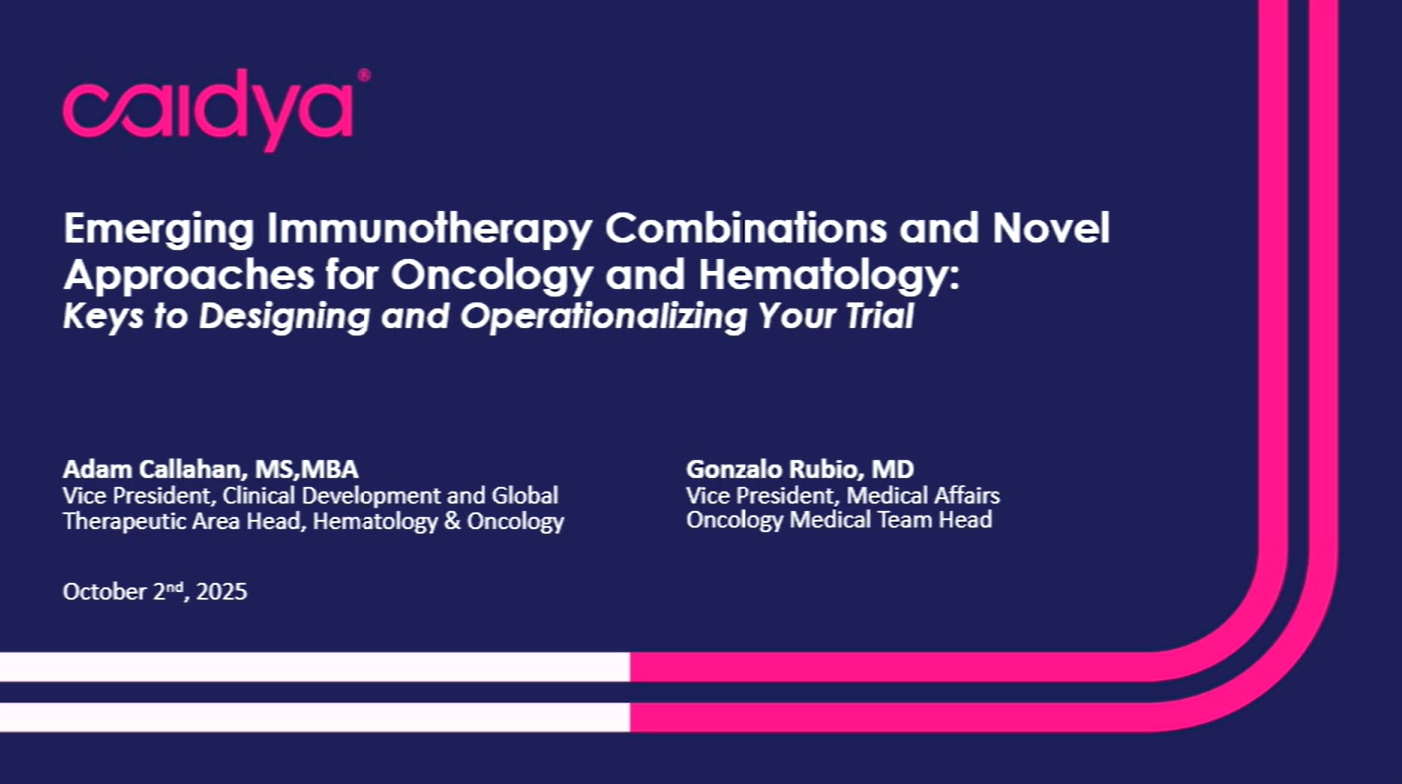
Biopharma innovators are operating in an environment shaped by the medical need for new and advanced therapies, the sheer volume of drugs in the development pipeline, and a large and growing share of new drugs being developed. Supply chain disruptions, market turbulence and high inflation create additional burdens. Complicating matters further is the cost of bringing a new drug to market, including “capitalized pre-launch R&D costs varied widely, ranging from $161 million to $4.54 billion” with oncology drugs at the high end of the range.[1] Trial costs have been rising steadily in the ten years up to 2024, and the trend shows no signs of stopping, according to research by GlobalData.
The rising demand for CRO services is largely driven by biopharma innovators, who have limited resources, prompting top CROs to adopt advanced technologies to meet R&D needs.
Traditionally focused on functions such as study monitoring and investigative site management, forward-looking CROs increasingly play a much broader role, providing integrated molecule-to-market regulatory, operational and scientific support, as well as strategic foresight across the drug development lifecycle. Accomplishing this requires an investment in knowledgeable subject matter expertise, strategic partnerships, incorporation of real-world data, the use of advanced technologies and a global footprint. As sponsors look to move assets through their pipeline, they need to weigh the advantages of working with a CRO that is more than just a service provider but comes alongside sponsors as their drug development partner.
Supporting successful clinical trials as complexity grows
Clinical trials have faced mounting complexity over the last decade. Especially in oncology and hematology. The drive to meet this demand is spurring innovations in immunotherapy combinations and novel targeted therapy approaches. These are pushing more R&D investment and the need partners who provide cost-effective solutions for conducting clinical trials. Working with a CRO that has the therapeutic and operational depth to excel in these new formats is a must.
Researchers are optimizing study designs, utilizing targeted recruitment strategies that prioritize patient centricity in the design and operational execution. For small and mid-sized biopharma firms, where limited capability and capacity amplify the risk of delays and data integrity, this can create challenges.
Finding the right CRO partner can help address this shortfall via their depth and breadth of clinical, data and regulatory, expertise, services, and access to global patients. This allows them to efficiently collect and process large volumes of information generated throughout the lifecycle of a clinical trial.
Innovation in new therapy modalities therapies and precision medicine are creating numerous drug development programs in oncology, immunotherapy, rare and novel disease, cell and gene therapy. Oncology for example, presents one of the most complex – but also best funded – therapeutic areas in clinical research. It is the third fastest-growing therapy area in 2025, with sales expected to increase by 10.7% over the coming year.[2] Key industry trends focus on novel biomarkers, immunotherapy combinations, and digital tools, driving rapid innovation in oncology treatments.
Based on analysis of GlobalData’s clinical trial database as of August 2025, there are 111,544 oncology trials overall, of which 20,996 – 18.8% – have been suspended, terminated or withdrawn. Retention of a limited number of patients who meet strict eligibility criteria, longer timelines and withdrawal of patient consent are all issues faced by such trials.
The rapid pace of change and complexities of these new modes of treatment increase the importance of having a drug development partner with the expertise, corporate structure and company culture to adapt and change as study needs fluctuate. The science is moving quickly and biopharma innovators need a partner that can move and adjust with it.
Prioritizing patients’ needs in clinical trials
In tandem with advances in complex therapy areas, the industry is also undergoing a shift towards patient-centricity – considering the patient journey and using that knowledge to reshape how trials are designed and conducted. Approximately 80% of clinical trials are unable to recruit and retain enough patients due to patient burden and lack of engagement, resulting in delays and higher costs.[3] Working with the right CRO partner, sponsors can draw upon their medical, scientific and operational expertise, combining it with real-world evidence (RWE) and health economics and outcomes research (HEOR) to inform design and decision-making necessary to fulfil growing requirements by regulators. The right drug development partner will leverage their past therapeutic experience, knowledge of patient journey at clinical sites, and consultation with patient advocacy groups to ensure that patient-centric elements are integral to the study design and planning rather than an afterthought.
Overcoming compliance obstacles for clinical trials
Biopharma innovators face an evolving regulatory and compliance landscape. . A partner with the right regulatory expertise will help you the complexities of their investigational new drug (IND) applications and clinical trial applications (CTA) in a timely, thoughtful and coordinated manner, reducing the risk of non-compliance or missed deadlines, – not just in the US, but in key regions like Europe and APAC as well.
Choosing an Optimal Drug Development Partner
Developing new drugs is expensive and risky, with only about 12% of drugs in clinical trials receiving FDA approval.[4] As the demand for faster, smarter drug development intensifies, biopharma innovators need a CRO partner with solutions, expertise and the flexibility to provide biopharma innovators an avenue for speed to market, cost savings, and high-quality deliverables.
To learn more about Caidya’s services, download the document below.
[1] Schlander, M., Hernandez-Villafuerte, K., Cheng, C.-Y., Mestre-Ferrandiz, J., & Baumann, M. (2021, November). How much does it cost to research and develop a new drug? A systematic review and assessment. PharmacoEconomics.
[2] GlobalData, Looking Ahead to 2025 – The Future of Pharma
[3] GlobalData, Artificial Intelligence in Healthcare 2024
[4] Topoleski, J., Nelson, L., Kyle, J., Hayford, T., & Austin, D. (2021, April). Research and development in the pharmaceutical industry. Congressional Budget Office. https://www.cbo.gov/publication/57126



